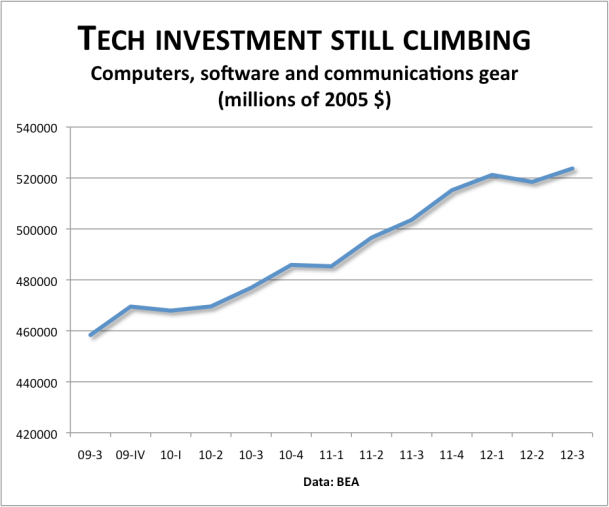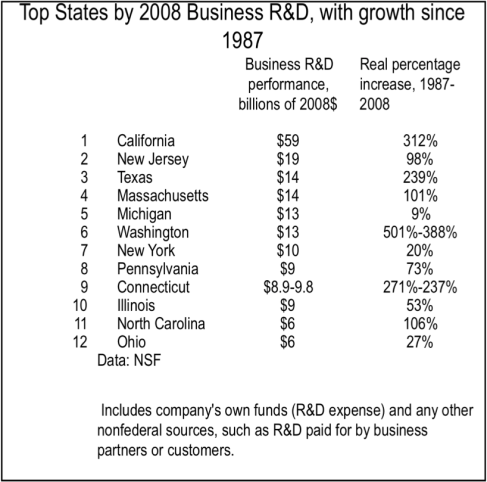Most of you have probably realized that I am no longer actively posting to this blog, which was started in late 2009 after I left BusinessWeek. My writing/blogging is now mainly divided between two venues. As chief economic strategist at the Progressive Policy Institute, a Washington think tank, I supervise PPI’s economic and tech policy work across a wide range of issues, including regulation, the data-driven economy, and innovation. Our latest event was “Enabling the Internet: A Conversation with America’s Digital Policy Pioneers.”
As president of South Mountain Economics LLC, I run an economics analysis firm with a unique focus on emerging industries and emerging occupations. Our latest report, “Building A Digital City,” documented in detail how the growing tech/information sector helped New York City outperform both the national economy and the surrounding suburbs.We are currently leading projects in California, Europe, and Asia.
I regularly speak around the country. On February 13, 2014, I will be the keynote speaker at the annual meeting of the Mass Technology Leadership Council in Boston. Please don’t hesitate to say hello if you are planning to be there.

